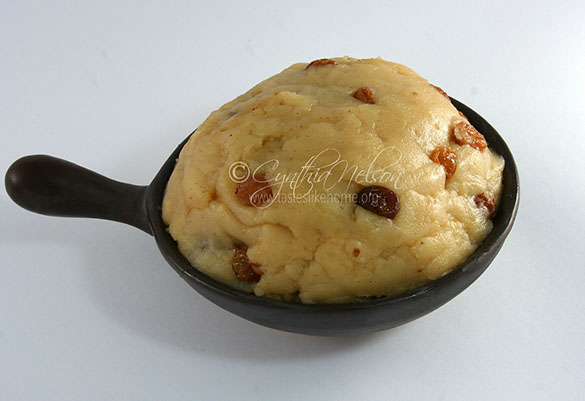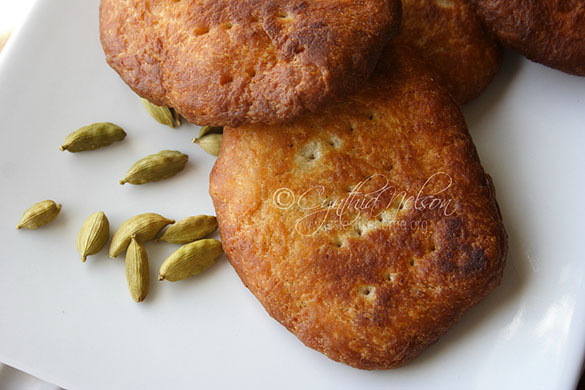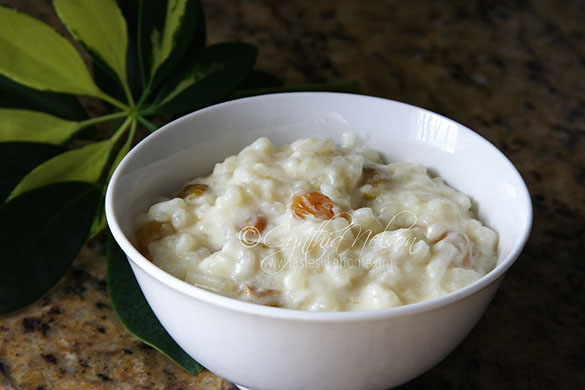All I have now of Diwali celebrations in my family are memories.
Every day I feel blessed to come from a country as diverse as Guyana and a family made up of different ethnicities and cultural practices. Growing up I was predominantly surrounded by my mother’s family, especially my late aunt, Betty, who was Hindu, and her family. Later in life she converted to Catholicism. It was from Auntie Betty that I learnt a lot about festival foods. I would watch her and my late cousin, Shanti, and the other relatives who would come to visit for the holidays, prepping and cooking all day. The house would be full of delicious smells and chattering as the women caught up on what was happening in each other’s lives and discussed what their children were up to. As for the men, well, come to think of it, I can’t remember where the men folk would be. Hmmm… oh, I think they’d be off somewhere playing board games and having a good laugh. Every now and then they would be disturbed from the serious business of having fun as their wives called on them to help with some task. As a kid, I wished for days like these every day. Not for the food, but the togetherness.

Diwali, I always found, seemed to be the highpoint of the Hindu religious festivals that were national holidays especially because of the message that was being preached: the triumph of good over evil, light over darkness.
On holidays like these, my mom never cooked at home, we always went to Auntie Betty’s for a food-fest. It was all-day eating. You would just finish eating something delicious only to spy that another dish had been added to the already overladen table. As children we would run around, play a little to burn off some food, and then return to sample the new fare on the table. Vegetarian dishes ruled the day: dhal, rice, potatoes, a variety of sautéed vegetables and an endless array of pickles and chutneys with snacks to go with them. And then there were the sweetmeats!
At festival times, I suddenly developed a sweet tooth and there were two things I was most interested in – Parsad and Roat. As an adult, I now add to that list – sweet rice/kheer, rice pudding. Cardamom spiced and peppered with plump raisins, this fluffy pudding of Parsad, made tender by the gradual stirring of a sweetened ghee-flour mixture was simply outstanding. The Parsad almost melted in your mouth. Overeating seemed to be the order of the day.

Roat is a fried pastry. It is made with a dough of flour, ghee, sugar, milk, and cinnamon that quickly comes together, is flattened into round quarter inch, thick disks and pan fried. It is not as sweet as Parsad so the two go well together.
My late aunt, Betty, taught me how to make Roat. And my cousin Doris guided me through the process of making Parsad. I consider myself accomplished at making both sweets and the beloved sweet rice. I’ve been making them for over a decade now.
I especially liked the Diwali evenings, that’s when all the action seemed to take place, at least to me. All the children in the family would gather to help fill the diyas with ghee or oil but we were never allowed to light them. I think the adults sensed the excitement we’d have in striking the matches. What is it about children and fire eh? Once the diyas were lit, we’d be instructed where and how to place them around the yard, fence and house. I’d stand enveloped in the warmth and glow of the lit diyas and feel a pang of sadness that I’d have to wait all year to be able to enjoy this again. Now, all I have are the memories.
Subh Diwali!
Cynthia
cynthia@tasteslikehome.org






